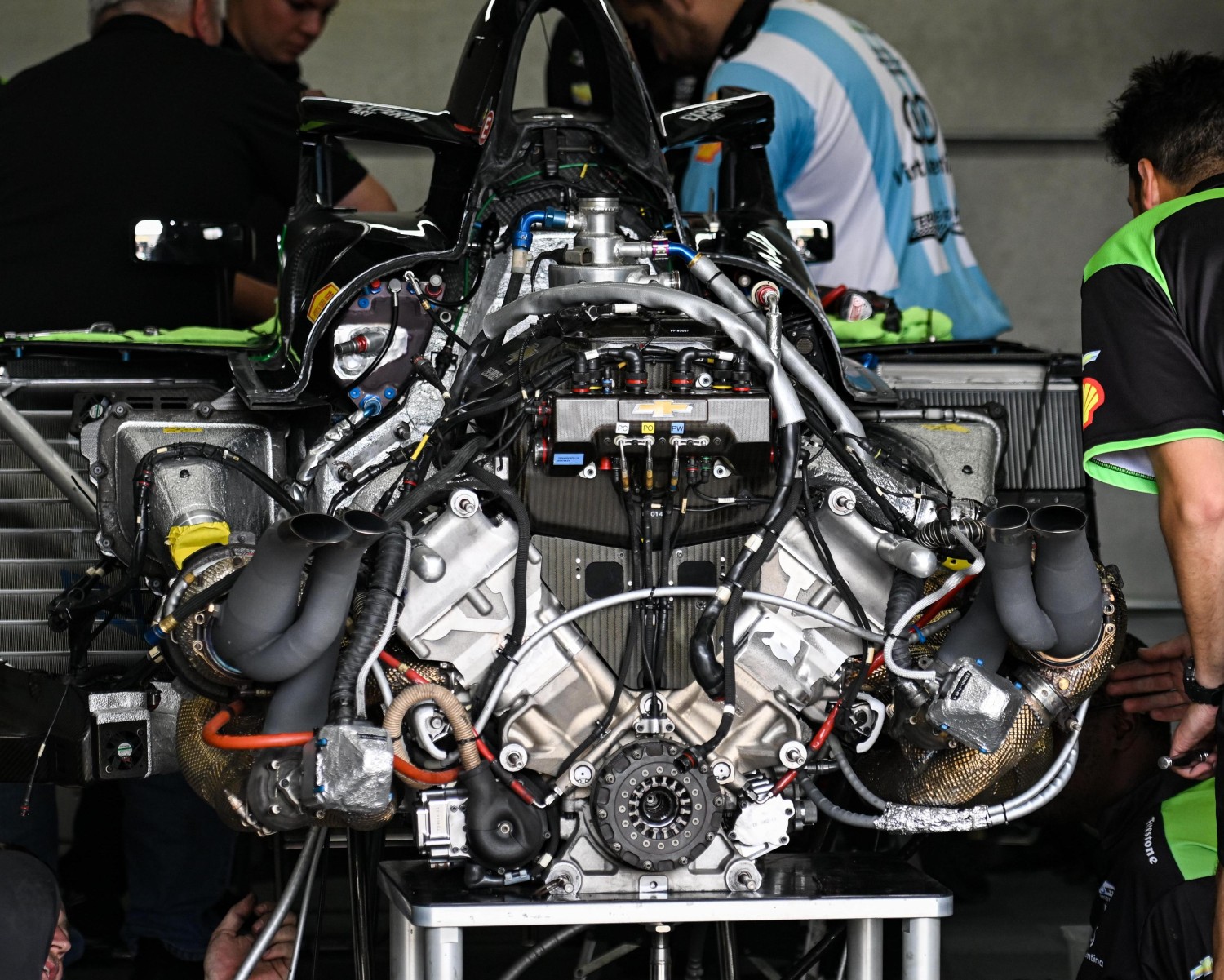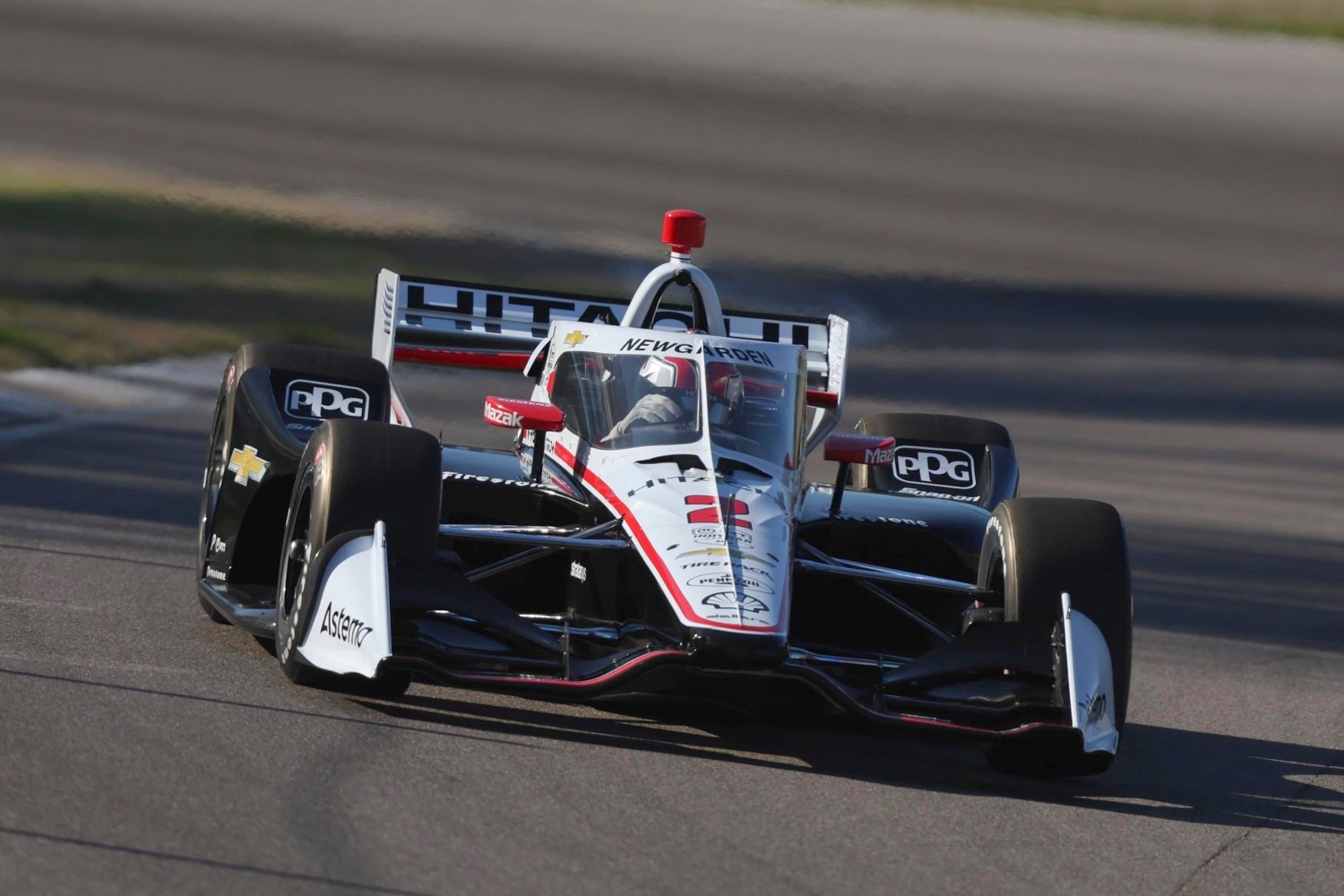IndyCar: How much longer will series use its 13-year-old relic?
Starting in 2012, the IndyCar series moved to using a common (also called ‘spec’) chassis supplied by Dallara as a cost control method.
–by Mark Cipolloni–
All minor junior series use a ‘spec’ chassis – Formula Ford, F3, F3 S2000, Super Formula and of course, IndyCar.
These drivers all aspire to one day be an Formula 1 driver, the premier form of motorsports in the world where drivers are household names and earn big salaries.
Formula 1 is the top echelon of motorsports and when you win an F1 Championship you are crowned ‘World’ Champion. There is no higher accolade in motorsports.
While most junior spec series upgrade to a new chassis every 3 to 5 years, one has not – IndyCar.
IndyCar still races with the 2012 Dallara DW12 chassis. 2024 will be its 13th season in use. Sure it has been straightened in the sides to fix its original side-impact intrusion deficiency, and the Halo and Windscreen were added for driver safety. The car is now called an IR18, but the chassis is essentially the same as in 2012 and will have been raced for 15 years after it is finally retired after the 2026 season.
Why so long? The prime reason is money – teams in IndyCar do not compete for large sums of money and hence many of the teams simply could not afford a new car so IndyCar pushed back its replacement until the 2027 season.
A new chassis was supposed to be introduced a number of years ago along with the new hybrid system, but the hybrid system was delayed after the original Mahle design was a complete failure and Honda and Chevy engineers were asked to redesign it.
That also delayed the new more powerful 2.4-liter IndyCar Internal Combustion engine because Honda and Chevy engineers had to turn their efforts to fixing the Mahle hybrid unit.

Hence, the hybrid assist unit will be fitted to the ancient 2.2 liter IndyCar engine. Because it works like no other hybrid engine system, and has zero relevance to what might be used in a passenger car, other engine manufacturers have zero interest in supplying engines to IndyCar.
IndyCar has been trying to land a third engine supplier, but they have all refused because the series has zero relevance to their core business – passenger car design and sales. If the series had a huge TV audience like F1’s 70 million per race to give them exposure to potential new customers and to showcase their engineering prowess, they would have signed on the dotted line a long time ago.
While push-to-pass has been a common practice engine turbo feature for IndyCar road and street circuits to assist with passing, the addition of the hybrid system will provide something new on those tracks. The hybrid will also play a unique role to provide a boost on the ovals as well, something the drivers did not have before.
In order to work on oval tracks, the IndyCar hybrid assist requires the driver to pull a paddle behind the steering wheel to rob the engine of power but supply electrical recharge to the small onboard battery. When you are slipstreaming behind another car, the driver typically will feather the throttle anyway.
Now they can run full throttle in a slipstream and use the regen paddle to slow the car to charge the battery for the electric motor assist to pass on the straights.
There will not be any future hybrid passenger cars that require the driver to pull a paddle to recharge their car’s battery. That concept was tried in the Chevy Bolt. A Bolt driver could pull the paddle behind the steering wheel to bring the car to a stop.
No other hybrid designs for passenger cars use that silly concept, and they won’t in the future. Hence, the IndyCar hybrid assist technology has zero relevance to passenger car engineering and zero interest for the series from a much desired third OEM.
Meanwhile, Formula 1, using more conventional hybrid technology, a new chassis’ every year and a TV audience over 70 million per race has attracted seven OEMs:
- Ferrari – existing and remaining
- Mercedes – existing and remaining
- Honda – existing and remaining
- Renault – existing and remaining
- Audi – starting in 2026
- Ford – starting in 2026
- Cadillac – starting in 2028
Although the IndyCar power increases by about 150 HP with the new hybrid assist unit, the weight of the car increases, thereby degrading braking and handling. Hence, the hybrid assist unit will make the 13-year-old relic IndyCar slower.
IndyCar driver Will Power said “if you’re having to pull that paddle, it would be quite awkward on a road course to be grabbing that, hitting it every time out of a corner.” Hence auto regen will be employed for road and street course where the system will automatically drag the engine under braking to charge the battery.
Arrow McLaren IndyCar driver Pato O’Ward, who, like all IndyCar drivers, would much prefer to be an F1 driver, told Motorport.com, “It’ll be a challenge [the new hybrid assist unit] for next year, definitely. I think it’ll be a challenge reliability-wise for everyone. I think it’ll be a challenge in terms of maximizing it.
“And I think the rules are still very unclear of what exactly, or how exactly everything is going to be used and what you can and cannot do. So, waiting for that. But it’s going to be a work in progress. It’s going to be a learning curve.”
“I’m definitely one of the ones on the new car boat,” O’Ward said.
“It’s annoying that this new era of engine isn’t coming with a new car because we desperately need it. We desperately need a new car before we need a new engine, in my opinion.
“But, you know, I don’t make the calls. All I can do is drive the cars and help develop it the best that I can and maximize it.
“But I really think that IndyCar is in a position where we got to evolve, and we got to take a big step. We can’t take baby steps.
“Look at IMSA with those new LMDh cars, they’re bad ass,” O’Ward said. “Their engine turns off halfway through pit lane and you look at them, and you see the technology, and it’s freaking cool.
“You see these F1 cars and everything that goes into ’em, there’s not one person that doesn’t come here that then says… everybody forgets about the racing and they’re just like, ‘Holy shit, this is so cool.’
“If I was the one in charge, my goal would be you want people to be saying, ‘Holy shit, have you seen the new IndyCars?’
“You don’t want people to say, (heavy sigh) ‘Have you seen the Indy cars?’ You want them to be so excited about what’s coming and what’s getting evolved. You know, it’s what it is right now.”
O’Ward just got finished testing the 2023 McLaren F1 car in Abu Dhabi – a proper race car. On a typical road or street circuit, an F1 car, designed new every year by each team and far more advanced than the 13-year-old IndyCar relic, would lap an IndyCar every 6 to 10 laps, depending on the circuit.
It’s embarrassing, really – that the top form of open wheel motorsports in America would be so inferior. You would think the most advanced country in the world could do better.
Maybe in 2027 when IndyCar finally gets a new chassis, designed to incorporate some of the latest advancements, and hopefully lighter in weight, a Formula 1 car will only lap an IndyCar every 20 laps, instead of every 10 or less.
